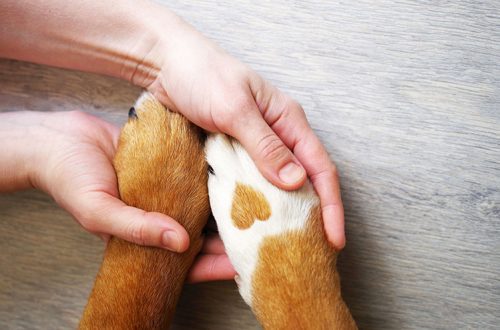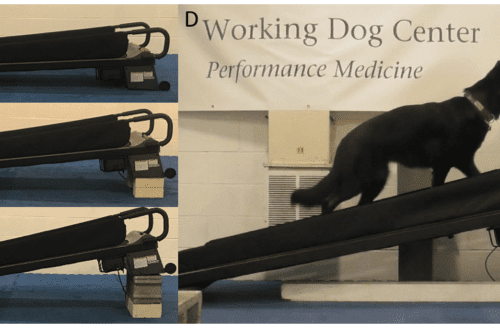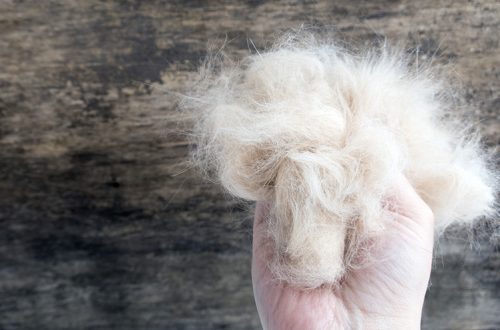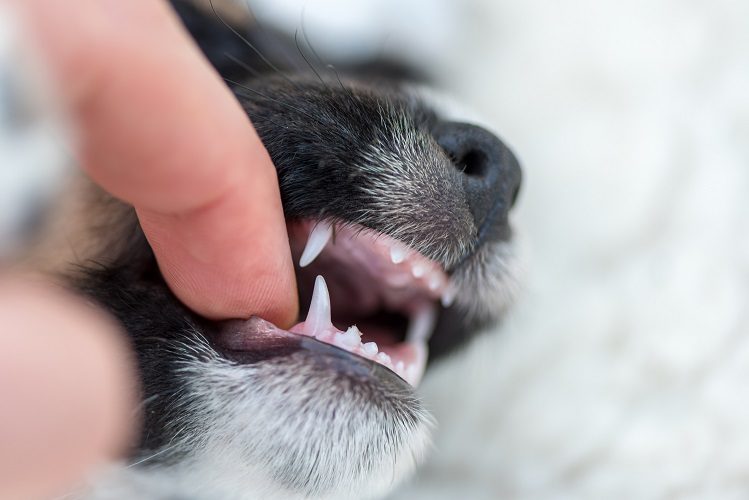
Why is plaque dangerous for a dog and how to carefully remove it?
Strong, healthy teeth are essential for a dog throughout its life. However, dental problems often begin in pets gradually and almost imperceptibly. We’ve put together some tips for you to help keep your dog’s teeth strong and healthy. And to recognize the problem in a timely manner, if it arises.
An adult dog has 42 teeth: incisors, canines, premolars and molars. The puppy has 32 teeth (molars are missing). Dairy ones are completely replaced by indigenous ones by six to seven months, depending on the breed of dog. Healthy teeth are even, clean, the dog confidently uses them while eating.
In puppies during the period of changing teeth, inflammation in the oral cavity may occur, because of this, bad breath is possible. Sometimes a molar tooth grows when the milk tooth has not yet had time to fall out. Contact your veterinarian to have your old baby tooth removed. All these are temporary difficulties that do not speak about the problems of the pet’s oral cavity.
Don’t underestimate a puppy’s teeth, they are very sharp. It is at puppyhood that you need to teach your pet to show you teeth on command so that you can examine the jaws and oral cavity if necessary. From an early age, you need to teach the ward to brush your teeth.
Toothbrushes and toothpaste for dogs must be purchased at a pet store or veterinary pharmacy. Manufacturers of these hygiene products have come up with many tricks to make it easier for your pet to brush their teeth. For example, there is chicken flavored toothpaste.
How often should a dog’s teeth be brushed? One or two times a week is enough.

It’s not for nothing that we have paid so much attention to talking about a toothbrush and toothpaste for a dog, because this is an effective way to remove plaque.
Plaque on teeth in dogs occurs when food particles remain in the mouth. They decompose and serve as a breeding ground for bacteria. The calcium salts contained in saliva compact these food debris and transform into plaque.
Plaque on the teeth in dogs provokes inflammation and the development of a bacterial environment in the oral cavity. If plaque is not removed correctly and in a timely manner, it can develop into tartar. It is more difficult to remove tartar, it can only be done by a veterinarian-dentist who has special equipment in the clinic. Moreover, tartar can push back and injure the gums. In advanced cases, serious inflammatory processes, diseases of the teeth and the risk of their loss are possible.
If your pet is faced with the problem of plaque, tartar, bad breath, it’s time to go to the veterinarian. You will need not only brushing your teeth, but also a comprehensive examination. Review the diet plan with a specialist. Get tested to rule out the possibility of an impact on the gastrointestinal tract of concomitant diseases. First of all, you need to check whether the liver and kidneys of the pet are coping with their tasks.
The condition of the teeth affects both the digestive system and the state of the body as a whole. Therefore, you need to constantly monitor the health of your pet’s teeth. It is perfectly reasonable to take your four-legged friend to the veterinary dentist whenever you have a routine checkup at the veterinary clinic.
We have already mentioned the need to brush your dog’s teeth with a special brush and paste once or twice a week. Regularly, preferably every day, examine your pet’s teeth and mouth.
What other preventive measures will help prevent the appearance of plaque on the teeth of dogs?
- Provide a balanced diet. For normal functioning, teeth need microelements, a building material. Please note that dry food in the form of granules that need to be chewed contributes to the mechanical cleaning of the teeth from plaque. This fact should be taken into account when choosing a diet plan for your four-legged friend.
- Your pet’s teeth and jaws need constant exercise. The more the dog works with them, the stronger its chewing apparatus. Buy a few different toys for your dog to chew on and chew on. Among them there are “dental” toys designed to care for the oral cavity and fight plaque. The main thing is to follow safety rules and choose toys for a particular pet so that they fit him in size, type of jaws and preferences. Be careful during the period of changing teeth: games with tugging can damage fragile teeth, you should not abuse them.
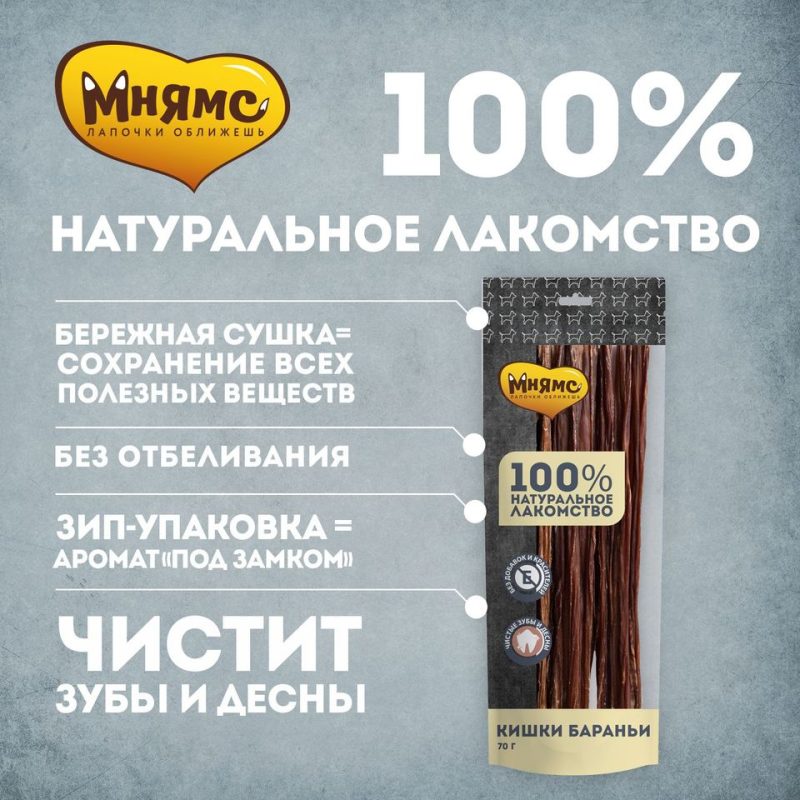 Give your pet dental dog treats. They are designed so that dogs can simultaneously train their chewing apparatus, freshen their breath, and clean their teeth from plaque due to the texture of such treats. An example is chewing sticks “Mnyams” based on natural ingredients: beef and mutton intestines, “Lamb’s leg”. The texture of the treats is such that dogs chew them for a long time, and in the process their teeth are cleaned of plaque. Instead, try different types of dental dog treats and see which ones get your dog the most enthusiastic.
Give your pet dental dog treats. They are designed so that dogs can simultaneously train their chewing apparatus, freshen their breath, and clean their teeth from plaque due to the texture of such treats. An example is chewing sticks “Mnyams” based on natural ingredients: beef and mutton intestines, “Lamb’s leg”. The texture of the treats is such that dogs chew them for a long time, and in the process their teeth are cleaned of plaque. Instead, try different types of dental dog treats and see which ones get your dog the most enthusiastic.
The advantage of appetizing chew trainers is that they allow the dog to satisfy the need for chewing and chewing. Therefore, the pet will not undertake acts of vandalism in the house and spoil your things. And as a bonus – the prevention of tartar.
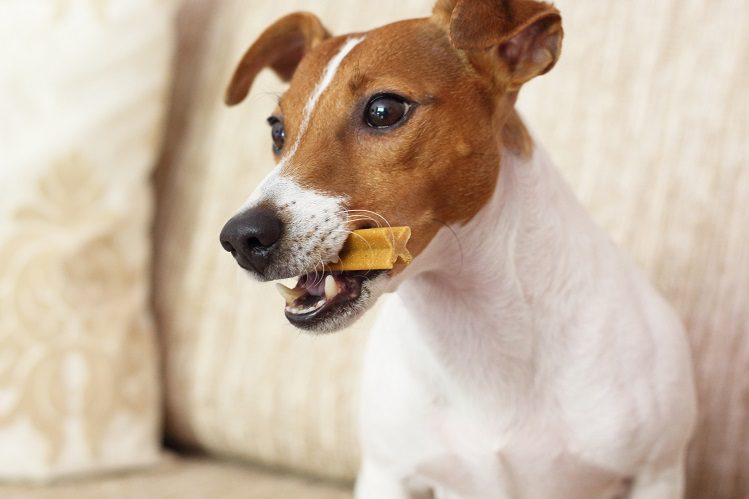
We sincerely hope that our recommendations will help keep your dog’s teeth clean and healthy for years to come!
The article was written with the support of the Valta Zoobusiness Academy. Expert: Lyudmila Vashchenko — veterinarian, happy owner of Maine Coons, Sphynx and German Spitz.




